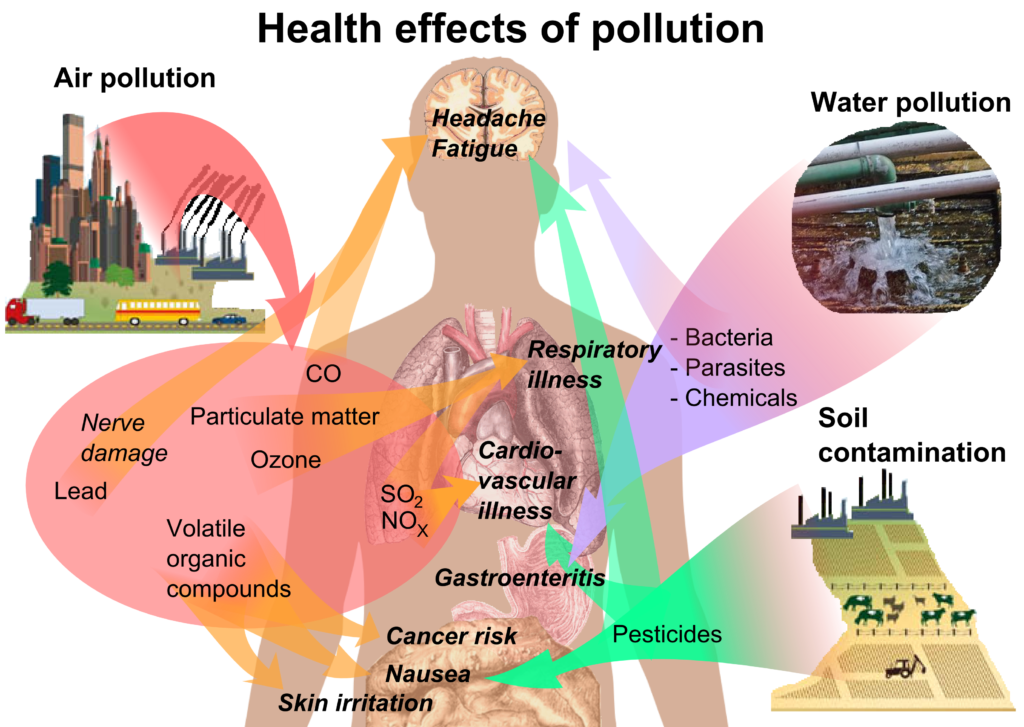We are using the Rapid Pesticide Tests to test our produce, water, and teas. This straightforward test is simple and safe enough for younger students to use. It is a great way to start their scientific journey.
An Easy One-Step Test
- One-step test with visual results in 5 minutes
- Test your fruits, vegetables, teas, wines, and water before consumption
- One test for a large number of pesticides and toxic metals
- Hot, soapy water does not interfere with the test
- Technology originally developed for the US Army
- Essential to help your family live a healthy lifestyle
Rapid Acetylcholinesterase Inhibitor/Pesticide Detection Tests for Drinking Water Toxicity and Food Safety FAQs
How much pesticide is in my water, food, produce and wines?
Depending on where you live, your water may be quite clean or contaminated with pesticides due to agricultural runoff or industrial pollution. Depending on where your food, produce, and wine come from, you may be exposed to pesticide residues which may be harmful to you and your family’s long-term health. Fruit, produce, and wines originating from other countries where environmental monitoring and food testing are not stringently performed or not performed at all may contain higher levels of pesticides.
Why should I test for pesticides in my water, food, produce, and wines?
Pesticides have been beneficial in enabling mankind to produce enough food to feed growing populations. However, at certain levels, all pesticides are toxic to the human body. High doses can cause immediate illness and death. Chronic exposure to low levels over a period of time can cause cancers, kidney and liver damage, and neurologic diseases such as Parkinson’s disease, Alzheimer’s disease, depression and schizophrenia. Pesticides such as those which function as acetylcholinesterase inhibitors are particularly dangerous at both high and low doses.
Due to the widespread use of pesticides, AChE inhibitors are ubiquitous in our environment at some level. Click here for a list of known inhibiting pesticides and other compounds. Sometimes the levels of such compounds are high enough to be toxic or harmful to health with long term exposure. In cases of severe contamination, aquifers, well water, or drinking water from municipal plants may contain inhibitors beyond allowable limits due to agricultural water run-off, uncontrolled crop spraying or potential terrorist attack.
Uncontrolled pesticide spraying on fruit and vegetables, especially those imported from other countries, may pose similar dangers. A recent survey conducted for the USDA highlights this persistent food safety problem:
How can I test accumulated toxicities of different pesticides in my food or drinking water?
The pesticide testing is typically done in a certified analytical lab using standard chemical methods such as HPLC-MS/MS, which are not only too expensive and time consuming for consumer to use, but also fail to provide the useful accumulative toxicity information.
However, G9 Rapid multi-enzyme based tests can readily provide such information in as short as 5 min.
What is the importance of acetylcholinesterase (AChE) and its inhibitors?
Acetylcholine is a neurotransmitter that stimulates muscle contraction. In humans and other vertebrates, AChE is the enzyme that hydrolyzes acetylcholine, thereby regulating its levels. When AChE is inhibited, the excess acetylcholine causes the nervous system to lose control over the muscular system, resulting in convulsions, asphyxia, heart arrest, and death. Many pesticides and nerve agents used in chemical warfare are AChE inhibitors. Chemical warfare agents used by Saddam Hussein in Iraq and recently, by the Syrian army, were AChE inhibitors.
How can I test for pesticides in my water, food, produce, and wines?
You can send your water, food, produce and wines to a laboratory, wait for 1 to 2 weeks and pay hundreds, if not thousands, of dollars for the service. An alternative is a rapid home-use pesticide test such as the G9 rapid pesticide color test. Also offers rapid fluorescent pesticide and chemical agent tests for professional and military use.
How many versions of rapid tests are available?
There are 2 versions available:
a one-step rapid fluorescent test for professional use by food and environmental safety agencies and businesses in the food, water, and wine industries. a one-step rapid color test for consumer home use.
How do rapid test and reader differ?
All are on-site rapid tests but differ as follows:
Atouch is a fluorescence-based method using a simplified process in a lateral flow assay format similar to a pregnancy test. The only steps required to run the test are to add the sample to a test ticket, wait 10-12 minutes, and read the results on a handheld reader.
AQuick also uses a one-step lateral flow assay format. All one has to do is to add the sample and wait 5-8 minutes to visually read the color-based result. Its simplicity without requiring a reader makes it eminently useful and affordable for home use consumer testing.
What is the intended use of the G9 Rapid tests?
All of them are used for the detection of AChE-inhibiting compounds including organophosphate and carbamate pesticides, and other AChE inhibitors such as nerve agents, as well as toxic and heavy metals. The technology has been designed for testing drinking water, well water, agricultural water runoff, for re-entry testing after pesticide application on crops, screening of source and product water quality at municipal treatment plants, testing of market produce, and the evaluation of possible terrorist chemical warfare attacks.
Atouch supplies professionals in the water and food industries and government agencies with a simplified one-step, rapid and sensitive reader-based on-site test for food and water safety.
AQuick enables the consumer to test in any household kitchen fruits, vegetables, produce, nuts, tea leaves, coffee beans, wines, and other beverages for residual pesticides using a simple, one-step, rapid and affordable test. AQuick, through its simplicity and low cost, empowers families with a previously unavailable means to protect their health and safety. AQuickt is a great addition to one’s travel kit when visiting remote sites and foreign lands where food and water safety controls are minimal.
How many samples can one complete Rapid Test run?
One sample for each test.
Does the user need to compare results to a standard curve to determine if a sample is positive?
No.
Does the result have to be adjusted depending on the ambient temperature or humidity?
No.
What is the length of time necessary to run the assay?
There is a 20-30 minute turnaround time when using the Atouch requires 10-12 minutes. A negative result may appear as early as 10 minutes. The AQuick test takes 5 minutes. A negative result may be conclusive within 5 minutes.
Similar kits for the detection of AChE inhibitors are already available. What are the unique advantages of your test formats?
The following table compares Atouch Reader system and AQuick with products available on the market.
Are all reagents provided in the test ready to use?
Yes.
Can the test identify the specific inhibitor?
No. The test is what is called a “trigger” test, meaning that a positive result is sufficient to trigger the immediate implementation of protective measures, without waiting for the identification of the contaminating compound. A confirmatory laboratory test can be subsequently conducted for chemical agent identification and concentration.
Why should I consider using the Atouch-Automated Reader system and AQuick ests over the other rapid pesticide tests?
Easy to use: Atouch Reader system and AQuick tests are the only 1-step, rapid pesticide test available on the market.
Up to date: G9-Sar Reader tests use multiple enzymes capable of detecting a broader range of pesticides and with better sensitivities. Other tests still use technology from the 1960s, which only utilizes one enzyme, and can only detect a smaller range of pesticides with much worse sensitivities.
Sensitive: Unlike Atouch Reader and AQuick tests, other rapid tests are less sensitive to organophosphate pesticides.
Fast results: Atouch and AQuick tests can obtain results in 5-10 minutes as compared to others that need 15 min to >1 hour.
Easy Sample preparation: Atouch and Aquick require no special sample preparation, while other tests all require physical blending or grinding of samples followed by extraction of the sample with an organic solvent, oxidization of the sample, finally followed by testing. In many cases, heating is also needed to increase the assay sensitivity.
Your family’s health and safety: There is no other test available in the market designed for home use to safeguard the safety of your food and water, as well as your long term health.




